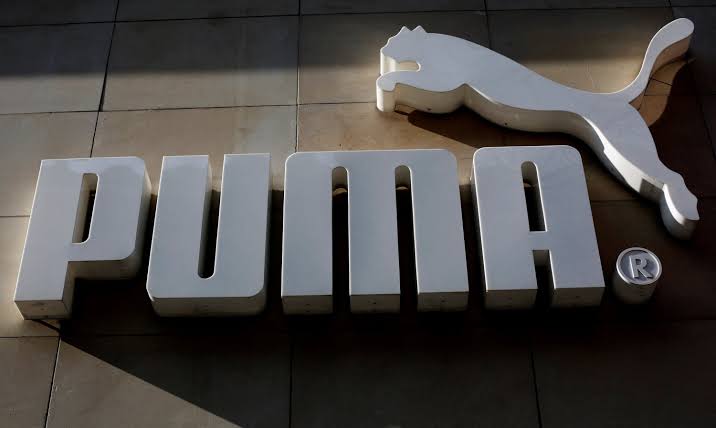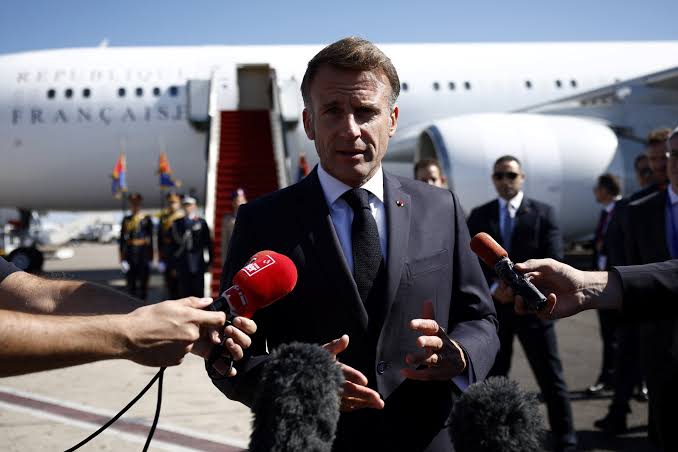U.S. Firms Grapple with Economic Divide as Lower-Income Consumers Cut Back
U.S. companies are increasingly feeling the strain of a widening consumer split: affluent households continue spending, while lower-income consumers delay purchases amid inflation and economic uncertainty. Executives at firms including Procter & Gamble and The Coca‑Cola Company report that while premium-segment demand holds up, value-sensitive consumers have pulled back on discretionary spending. Credit markets are showing signs of stress in lower-income lending segments, fuelling concern among consumer-facing firms. A recent survey found nearly two-thirds of shoppers intend to wait for discounts rather than buy early. The shift is prompting companies to adjust strategy and messaging to reflect bifurcated demand.
Retailers and service providers are responding by offering smaller-pack or lower-priced items to retain budget-conscious consumers, while targeting richer segments with premium offerings. Coca-Cola, for instance, introduced smaller-serve cans in U.S. convenience stores. Meanwhile, broader-discretionary retailers like Target Corporation are facing headwinds and have announced job cuts as they reposition their business models. The divergence in consumer behaviour is becoming more pronounced and influential. Companies are re-evaluating assumptions around “normal” demand levels and preparing for slower mass-market growth. Analysts believe the market may enter a two-tier structure: premium versus budget.
This consumer divide reflects deeper macro issues: inflation remains around 3 % annually, and credit defaults are creeping up among lower-income households. Auto-finance and buy-here-pay-here lenders have declared bankruptcy, highlighting vulnerability in the segment. Some companies fear that cost pressures and tariff exposure will squeeze margins further if pricing power erodes. For investor and business models, understanding income-segment dynamics is becoming essential for forecasting. Firms are increasingly designing product-mix and pricing strategies around this bifurcation.
Investors are shifting focus toward companies with robust brands, global diversification, strong pricing power and exposure to premium consumers considered more resilient in this environment. Conversely, companies heavily dependent on budget-sensitive households or operating in highly price-elastic markets are under greater pressure. The divergence may drive sector-specific performance patterns in 2026. Firms that adapt early to shifting consumer behaviour aligning pricing, value propositions and cost structures may gain competitive advantage. The implications extend into earnings, cash flow visibility and credit risk across retail and service sectors.
In summary, while aggregate U.S. consumer-spending data may look stable, the underlying composition is shifting, and companies are adjusting. Premium segments are holding up, but the mass-market base is showing fragility a development that could slow broader economic momentum. For business leaders and investors, the question is how durable the upturn is and whether strategies are sufficiently aligned to the evolving consumer landscape. The holiday season will offer an early signal of how this bifurcation plays out in concrete terms.
Source: Reuters.
news via inbox
Get the latest updates delivered straight to your inbox. Subscribe now!




